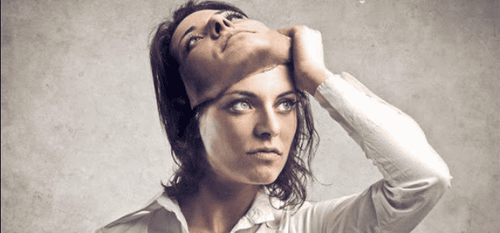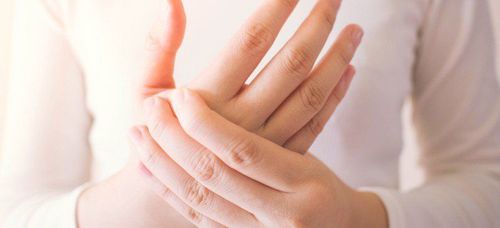This is an automatically translated article.
The article is professionally consulted by Master, Doctor Le Thi Minh Huong - Emergency Medicine Doctor - Department of Resuscitation - Emergency - Vinmec Nha Trang International General Hospital. The doctor has more than 06 years of experience in examining and treating internal diseases, emergency and emergency resuscitation.1. What is dystonia?
Myotonic dystrophy is a type of movement disorder that causes loss of coordination between the brain and spinal cord, which leads to voluntary and uncontrolled movements or movements at the same time. unusually many times.The cause of the disease is currently not clear. However, studies have linked genetic, psychological, environmental, or drug abuse problems.
Currently, the disease still has no definitive treatment, but can only inhibit the progression of the disease by using drugs or surgical intervention.
2. How is dystonia classified?
Dystonia is divided into 3 groups with 3 criteria: According to the age of onset, the location of the effect and the cause.2.1 By age of onset Early-onset dystonia: May be in childhood and at a young age, usually under 26 years of age. Late-onset dystonia: People 26 years of age and older.

3. Signs of dystonia
Some signs of dystonia are:The body has abnormal postures There are frequent involuntary muscle spasms that lead to twisting and repetitive movements. When stressed or tired, symptoms can get worse. When there are symptoms of involuntary and continuous convulsions, patients need to go to specialized clinics for timely examination.

4. Testing and diagnosis of dystonia
To diagnose dystonia, the doctor may take the following steps:Ask and review the patient's medical history, medical history, and that of the patient's family. General examination and neurological examination. Assess dystonia by age at symptom onset, body regions, disease progression, and factors likely to influence dystonia. In addition, in case of necessity, the patient may be assigned to do additional imaging tests (such as brain magnetic resonance imaging (MRI), electroencephalography, electromyography, blood tests, gene tests, .. .
5. Methods of treating dystonia
Currently, dystonia does not have a definitive treatment that can only limit the progression of the disease and alleviate the symptoms of the disease.Treatment methods for dystonia are applied including:
Medications: Depending on the patient's condition, the doctor may prescribe some drugs such as: levodopa, baclofen, dopamine agonists, trihexyphenidyl and clonazepam. Perform botulinum toxin injection at the site of dystonia. Surgical intervention: Indicated for severe cases. Besides, functional physiotherapy can also be applied to supplement the treatment process.

Lifestyle:
Absolutely follow the doctor's instructions during the treatment Take medicine Right dose and exactly as prescribed by the doctor If the body has abnormal symptoms, immediately stop using the drug. Couples before deciding to get pregnant should go for genetic testing. Periodic general health check to be able to control and monitor your health status. Nutrition:
Daily diet should be balanced with green vegetables and low in fat. Reduce the amount of salt in the diet. It is recommended to use foods containing carbohydrates such as bananas, sweet potatoes, oats, ... Although dystonia does not affect the patient's life, it causes inconveniences and discomforts in life. Every days. Therefore, early detection and timely intervention measures help patients reduce some of the effects of dystonia on health.
Please dial HOTLINE for more information or register for an appointment HERE. Download MyVinmec app to make appointments faster and to manage your bookings easily.














